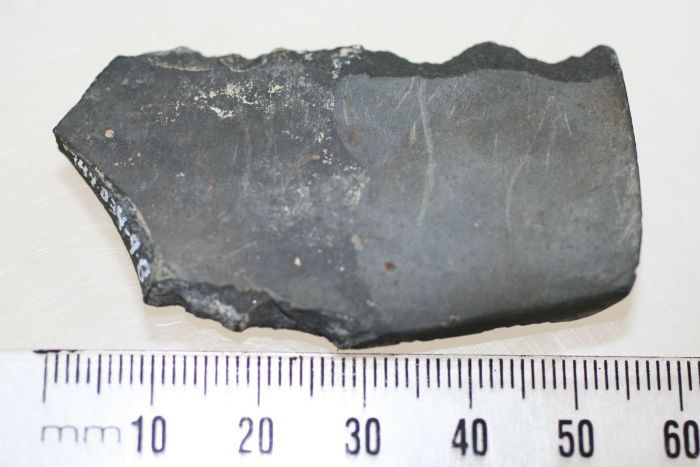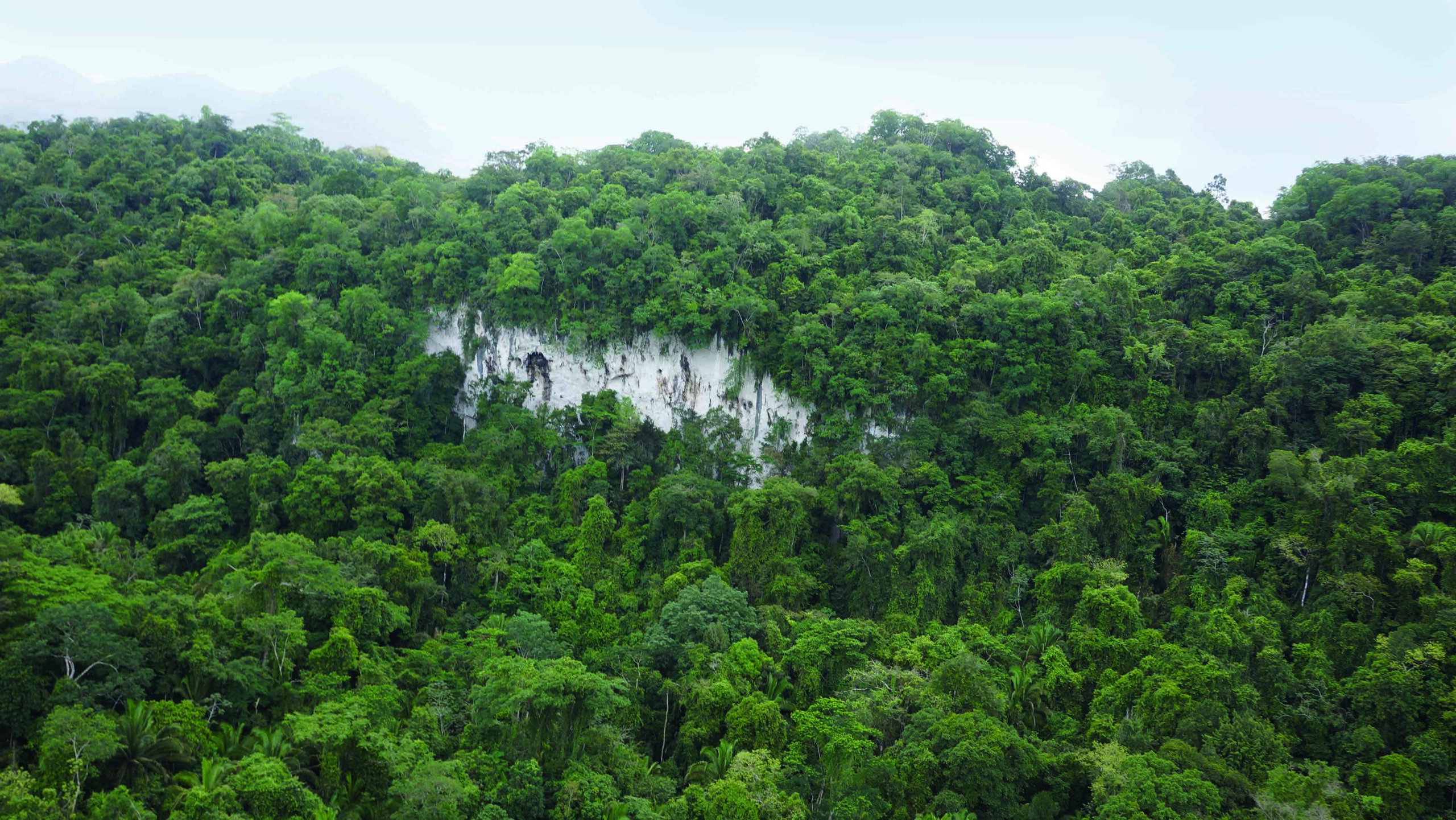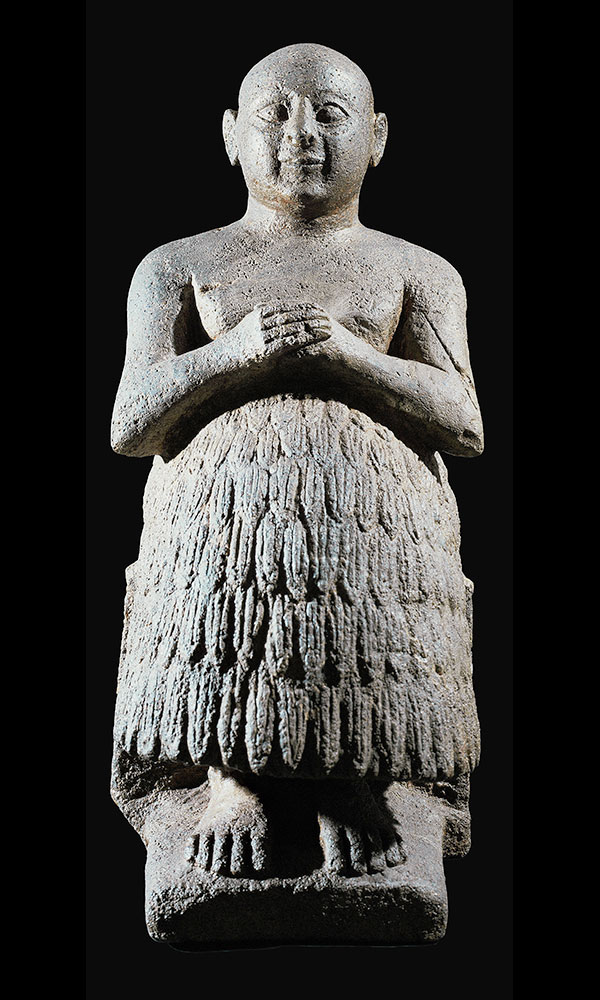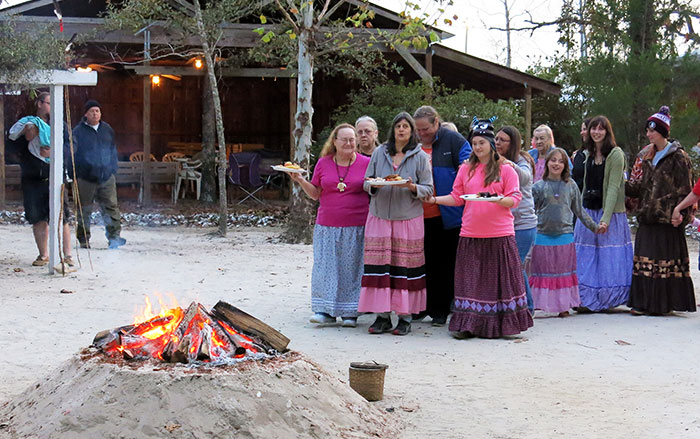
BRISBANE, AUSTRALIA—Marshall Weisler of the University of Queensland and colleagues analyzed the age and geological source of stone adzes discovered in the Tangatatau rock shelter on Mangaia Island. Adzes, used in Polynesian societies to clear land for farming and to build houses, canoes, and bowls, would have been necessary tools for colonizing new lands. The researchers found that the material for making the tools may have come from as far away as the Austral Islands, American Samoa, and the northern Marquesas. This trade contact, over as much as 1,500 miles, is thought to have lasted from A.D. 1300 to the 1600s. “The colonization of Oceania is the greatest maritime migration in human history and Polynesians were really at the top of the game of voyaging and return voyaging and ... bringing all the necessary items to settle and found a new colony,” Weisler told ABC News Australia. He thinks perishable items and marriage partners, goods not left in the archaeological record, may have also made the journey. For more, go to "Canoe & Climate Shed Light on Polynesian Sailing Technology."











